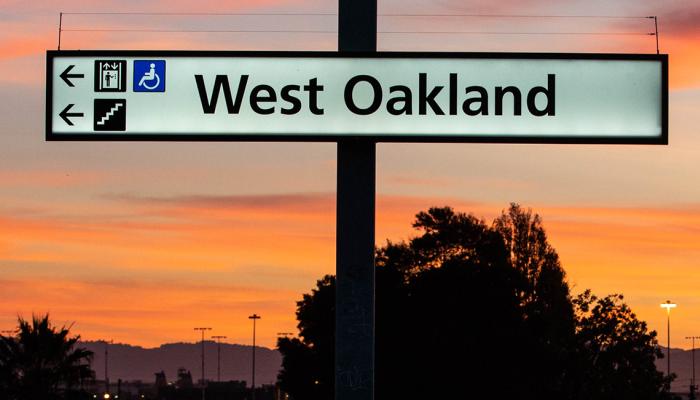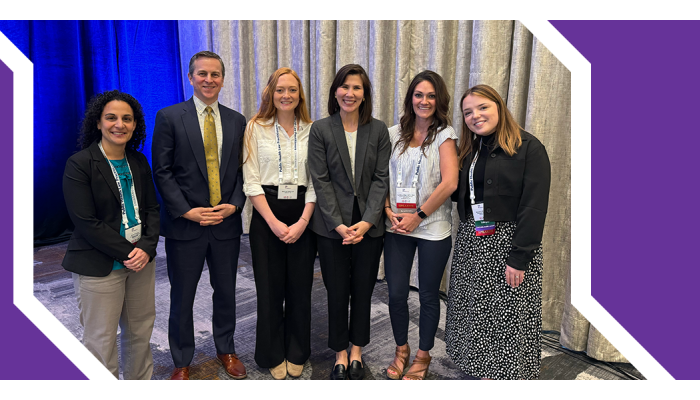
Structural discrimination operates as a macro-level driver that influences the other four fundamental drivers of health inequity. Structural racism is one form of discrimination. Policies, practices, and other norms reinforce each other, forming a system and a culture that allows privileges associated with whiteness to endure and adapt over time.
Strategies to address structural discrimination:
Reduce racial and socioeconomic segregation
Prevent housing and job displacement from driving racial and income segregation – for example, by enacting land-use or affordable housing finance regulations.
Ensure equitable enforcement of health policies
Incorporate equity-informed enforcement at all stages of public health policymaking, to help break the cycles of injustice and inequitable health outcomes experienced by underserved communities.
Eliminate institutional discrimination
Prevent biased policy decision making and implementation through protocols that require equity analysis or through staff training on equity, bias, and cultural sensitivity.
Resources for Change
Confronting structural discrimination requires equitable policy interventions and tools that can transform unjust systems and structures.
Success Stories
ChangeLab Solutions partners with communities, organizations, and academic institutions across the United States to tackle the structural discrimination embedded in governments and the private sector.

For more ways to uproot the drivers of health inequity, download our updated guide, Strategies for Equitable Policymaking, which offers legal and policy strategies to create systemic change.
GET STARTED

